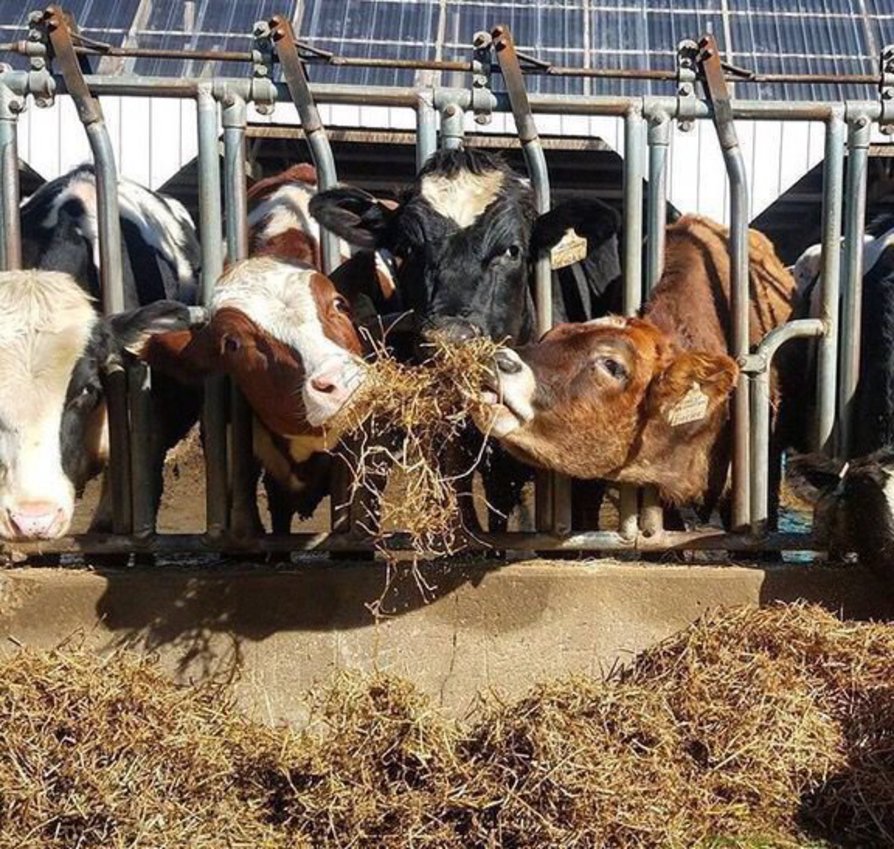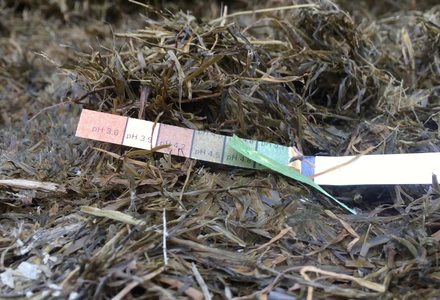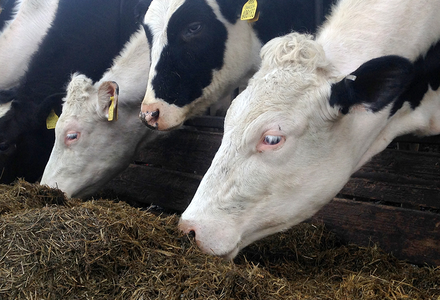Does feeding grass silage cause acidosis?
The optimum pH value for the rumen is pH 6.2. If conditions become too acid the fibre-digesting bacteria and protozoa are killed. This results in reduced intake and digestibility, hence the cow takes in less nutrients leading to poor body condition and fertility and other health disorders, eg laminitis.
 In order to prevent the rumen pH value from altering significantly the cow produces copious amounts of saliva (150 litre/day). If the cow did not produce saliva, eating silage could (in theory) reduce the pH value to below pH 3.
In order to prevent the rumen pH value from altering significantly the cow produces copious amounts of saliva (150 litre/day). If the cow did not produce saliva, eating silage could (in theory) reduce the pH value to below pH 3.
It is not just the pH value of the silage that is important, however, but also the buffering capacity (Bc). In fact, the latter is more important as it is the Bc which indicates how difficult it will be for the rumen to maintain its optimal pH value, not the pH value of the silage. The Bc of a silage is a measure of how much saliva the cow will need to produce to maintain the rumen at pH 6.2 if it eats that silage. Buffering capacity is only partly dependent on pH value as a lot of other compounds contribute to the total Bc, eg proteins. It is possible to have two silages with the same pH value but with quite different Bc values.
If two silages have identical pH values the silage with the higher proportion of lactic acid (higher LA:VFA ratio) will usually have a lower Bc and it will be easier for the rumen to maintain the optimum pH value.
Many of the acidosis problems blamed on feeding low pH value silages are in fact the result of feeding the wrong supplements alongside the silage, eg a readily fermentable carbohydrate that will cause rapid acid production in the rumen so making matters worse.


